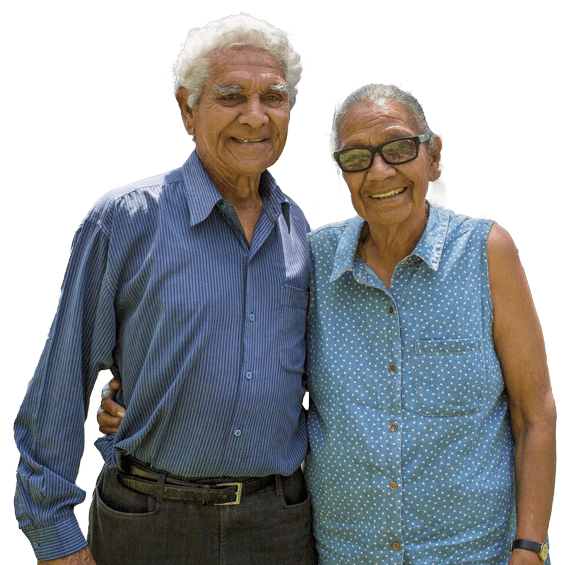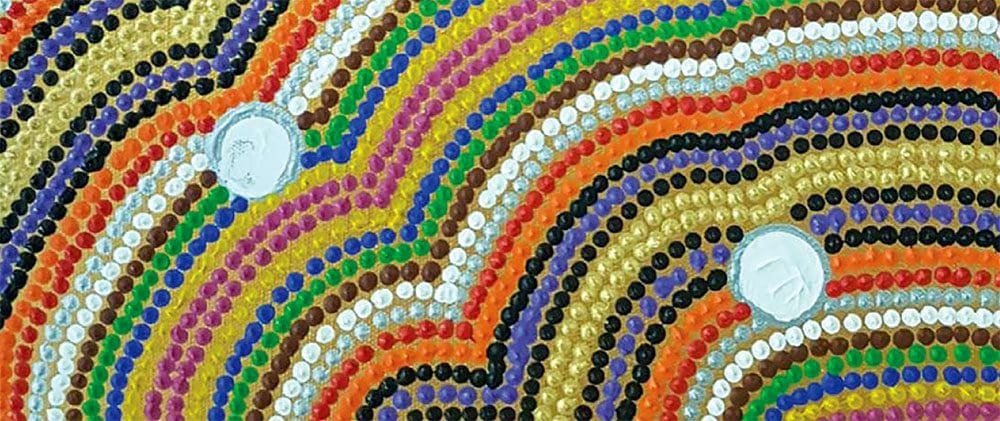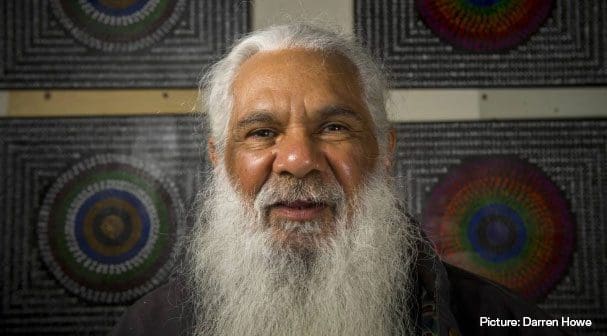Taking Care of Cultural and Spiritual Wellness
Paul’s story highlights the importance of providing services in a culturally appropriate way.
Scroll down for more information.

Paul’s story starts here
It demonstrates the need to listen, to be supportive and patient and that it may take some time to get to the real issues and real goals. It also illustrates how being an active participant of services, rather than a recipient of services, is an important part of being physically, emotionally and spiritually well.
Ref: Loddon Mallee & Hume Regional Network.
Inspiring a future of connection, participation, and purpose
Key Points for Paul
- I was in a deep depression, and out of my comfort zone, I was very angry
- No services were fulfilling my needs and I was resistant to change
- The service provider took the time to listen, provide choices and be patient – it took a few visits
- The key to helping me was that they sat and listened and more importantly, heard me, They showed love and kindness which showed that they were honouring me for who I was, regardless of my problems. This in turn empowered me and took the focus away from the pain to making the most of me
- We focused on walking beside people. We looked to give purpose through art, music, and stories.

Artwork by Paul Chapman – Wakka Wakka Tribe , Wakka Wakka Nation
Indigenous Australians
There are over 100,000 older people from Aboriginal and Torres Strait Islander communities’ in Australia.
WHO defines healthy ageing as “the process of developing and maintaining the functional ability that enables wellbeing in older age.” Functional ability is about having the capabilities that enable all people to be and do what they have reason to value. This includes a person’s ability to:
- meet their basic needs;
- learn, grow and make decisions;
- be mobile;
- build and maintain relationships; and
- contribute to society.
Research has shown that the sooner someone stops performing tasks for themselves, the faster they tend to lose their functional ability. The aim is to assist people to perform these daily tasks independently for as long as possible, so they maintain the ability to maximise independence and autonomy. Retaining physical ability helps people to continue doing the things they enjoy for longer.
Due to poorer health status and higher levels of socioeconomic disadvantage, Aboriginal and Torres Strait Islander Elders often have health care and support needs that differ from those of other older Australians. Aboriginal and Torres Strait Islander Elders have a life expectancy that is approximately 10 years less than the general population and experience dementia at rates between 3-5 times higher than the general population.
Aged Care Diversity Framework
This framework was launched in December 2017. It sets out the actions we can take to make sure aged care services meet the needs of people from diverse backgrounds. It sees a role for the Australian Government, peak organisations, representative groups, service providers, consumers, and carers.
